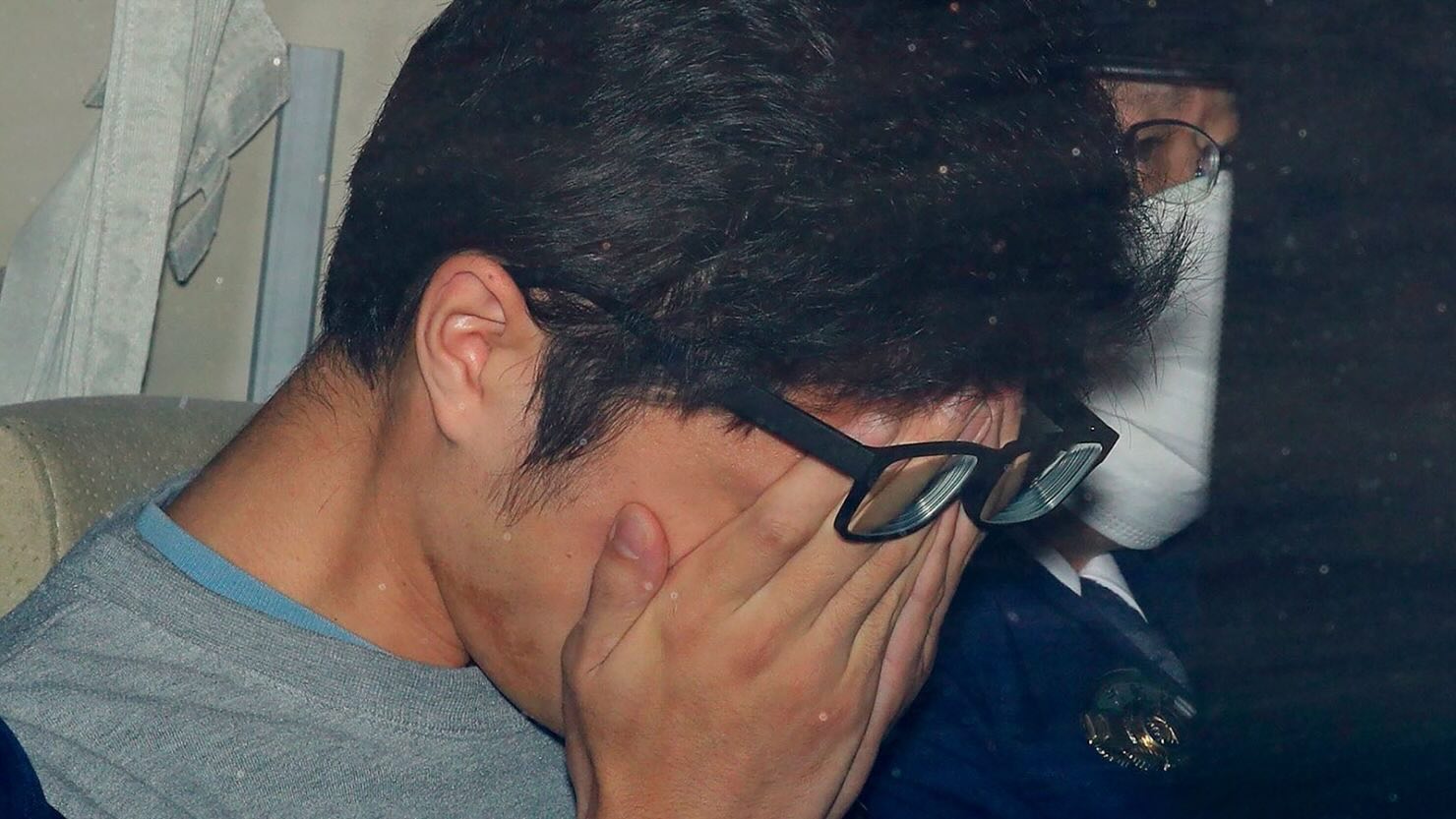
Who is Takahiro Shiraishi? Takahiro Shiraishi, often called the "Twitter Killer," is a Japanese criminal known for his gruesome crimes. In 2017, he was arrested for murdering and dismembering nine people he met through social media. Shiraishi used Twitter to find victims who expressed suicidal thoughts, luring them with promises of helping them die or offering companionship. His case shocked Japan and the world, highlighting the dark side of social media. Shiraishi's trial began in 2020, and he was sentenced to death. His actions have sparked discussions about mental health, online safety, and the responsibilities of social media platforms.
Who is Takahiro Shiraishi?
Takahiro Shiraishi, also known as the "Twitter Killer," is a Japanese serial killer who gained notoriety for his heinous crimes. His case shocked Japan and the world, revealing dark aspects of social media and mental health issues.
-
Takahiro Shiraishi was born on October 9, 1990, in Zama, Kanagawa Prefecture, Japan. His early life was marked by a lack of close relationships and a troubled family background.
-
Shiraishi's crimes came to light in October 2017 when police discovered nine dismembered bodies in his apartment. The gruesome discovery was made after a missing person's investigation led authorities to his residence.
The Twitter Connection
Shiraishi used Twitter to lure his victims, exploiting their vulnerabilities and suicidal thoughts. His method of operation was both cunning and chilling.
-
He created multiple Twitter accounts to connect with individuals expressing suicidal thoughts. Shiraishi posed as a sympathetic listener, offering to help them end their lives.
-
Shiraishi's Twitter handle, "hangingpro," reflected his morbid intentions. He used this account to gain the trust of his victims, promising them a painless death.
The Victims
The victims of Takahiro Shiraishi were young, vulnerable individuals who sought solace in the wrong place. Their tragic stories highlight the dangers of online interactions with strangers.
-
Shiraishi's victims ranged in age from 15 to 26 years old. Most were women, but there was also one male victim.
-
He met his victims in various locations, including train stations and parks, before bringing them to his apartment, where he would carry out his gruesome acts.
The Arrest and Investigation
The investigation into Shiraishi's crimes was swift and thorough, leading to his arrest and subsequent trial.
-
Shiraishi was arrested on October 31, 2017, after police found body parts in coolers and toolboxes in his apartment. The discovery was made possible by a missing person's report filed by the brother of one of the victims.
-
During the investigation, Shiraishi confessed to the murders, stating that he had no intention of stopping. He showed no remorse for his actions, which further horrified the public.
The Trial and Sentencing
Shiraishi's trial was highly publicized, drawing attention to the severity of his crimes and the need for justice.
-
The trial began in September 2020, with Shiraishi facing charges of murder, sexual assault, and desecration of corpses. His defense team argued that the victims had consented to their deaths, but this claim was widely rejected.
-
On December 15, 2020, Shiraishi was sentenced to death by the Tokyo District Court. The judge stated that his crimes were "extremely selfish and heinous," warranting the maximum penalty.
The Impact on Society
Shiraishi's case had a profound impact on Japanese society, prompting discussions about mental health, social media, and the legal system.
-
The case led to increased scrutiny of social media platforms and their role in facilitating dangerous interactions. Twitter implemented new measures to detect and prevent suicidal content.
-
Mental health awareness campaigns gained momentum, emphasizing the importance of seeking professional help rather than turning to strangers online.
The Aftermath
The aftermath of Shiraishi's crimes continues to be felt, with ongoing efforts to prevent similar tragedies.
-
Families of the victims have called for stricter regulations on social media and better mental health support systems. Their advocacy has led to policy changes and increased funding for mental health services.
-
Shiraishi remains on death row, awaiting execution. His case serves as a grim reminder of the potential dangers lurking in the digital world.
-
Documentaries and books about Shiraishi's crimes have been produced, aiming to educate the public about the risks of online interactions and the importance of mental health awareness.
-
The "Twitter Killer" case has become a cautionary tale, highlighting the need for vigilance and compassion in addressing mental health issues and the dark side of social media.
Final Thoughts on Takahiro Shiraishi
Takahiro Shiraishi's story is a chilling reminder of the dark corners of human nature. Known as the "Twitter Killer," Shiraishi used social media to lure his victims, exploiting their vulnerabilities. His actions shocked Japan and the world, highlighting the dangers lurking online. Shiraishi's case also sparked debates about mental health, social media's role in crime, and the importance of vigilance. While his crimes are horrifying, they serve as a stark warning about the potential for evil in the digital age. Understanding Shiraishi's motives and methods can help society prevent similar tragedies. As we reflect on these facts, let's remember the victims and strive to create a safer, more compassionate world. Stay informed, stay safe, and always be aware of the potential dangers around us.
Was this page helpful?
Our commitment to delivering trustworthy and engaging content is at the heart of what we do. Each fact on our site is contributed by real users like you, bringing a wealth of diverse insights and information. To ensure the highest standards of accuracy and reliability, our dedicated editors meticulously review each submission. This process guarantees that the facts we share are not only fascinating but also credible. Trust in our commitment to quality and authenticity as you explore and learn with us.
